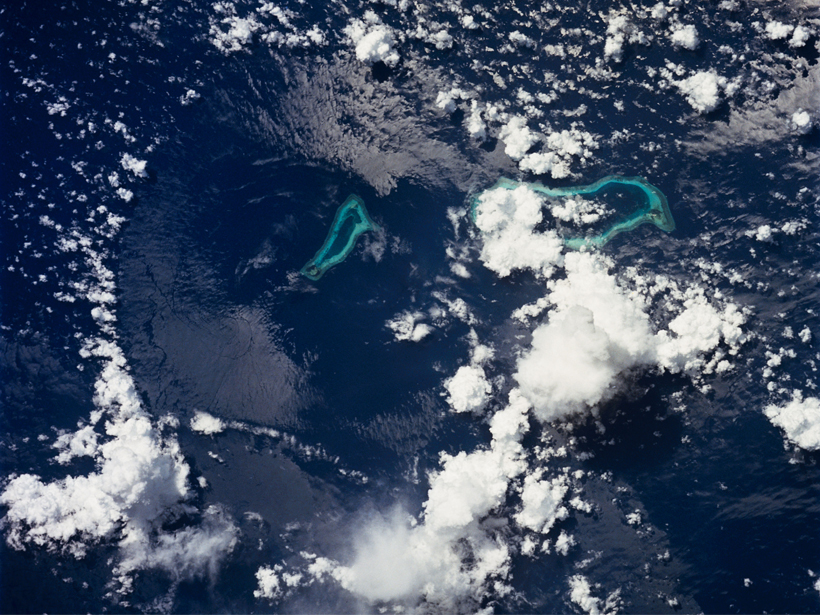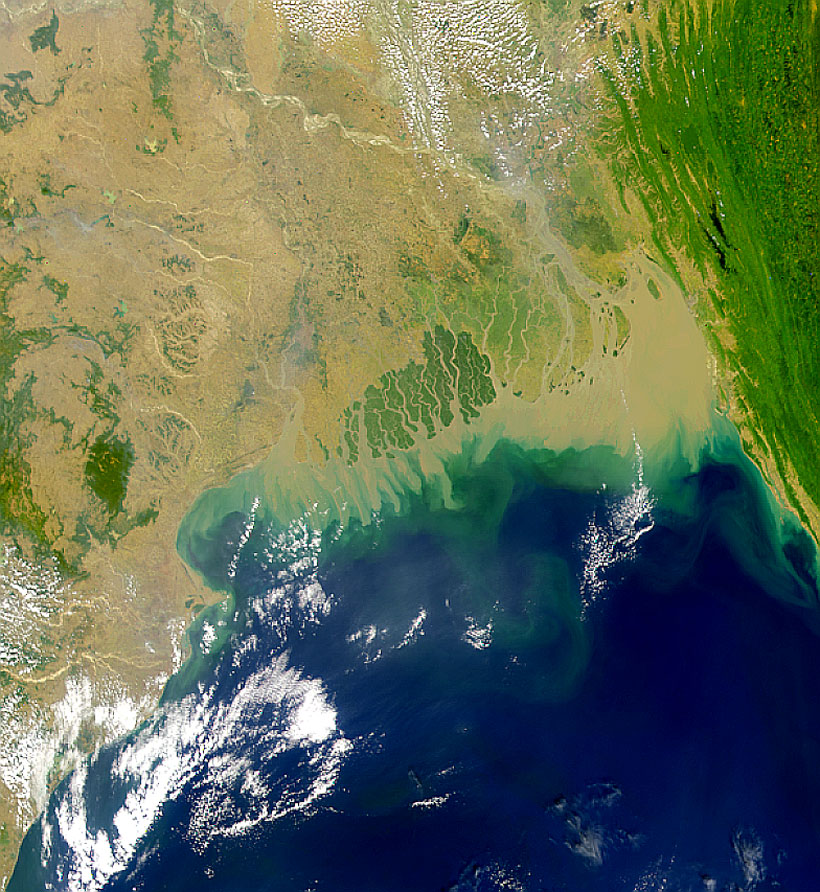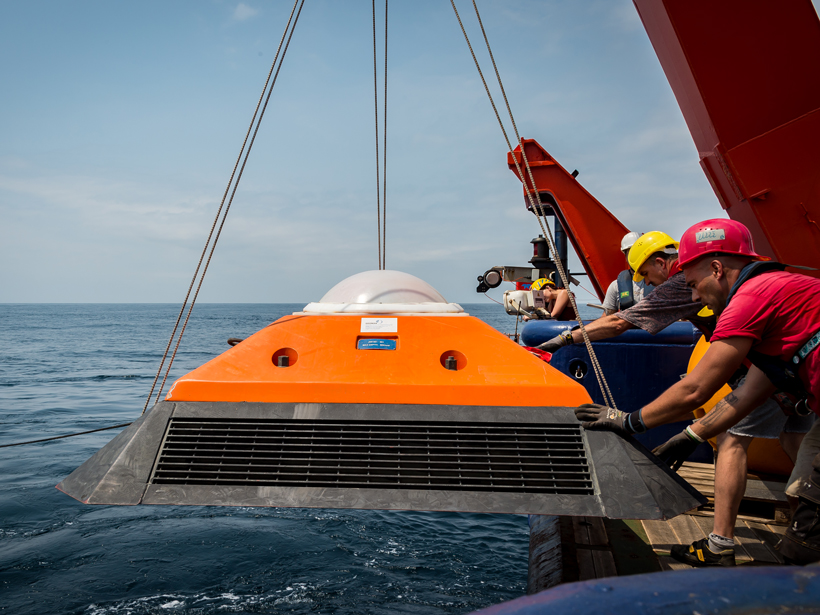A new study suggests that shifting ocean currents drive faster carbon dioxide uptake.
research at sea
The Search for the Severed Head of the Himalayas
To unearth the very first sediments to erode from the Himalayas, a team of scientists drilled beneath the Bay of Bengal.
Project VoiLA: Volatile Recycling in the Lesser Antilles
Deep water cycle studies have largely focused on subduction of lithosphere formed at fast spreading ridges. However, oceanic plates are more likely to become hydrated as spreading rate decreases.
Strategies for Conducting 21st Century Oceanographic Research
Planning a research cruise requires extensive coordination among research teams, ship operators, funding agencies, logistics companies, and international government entities.
Exploring the Unknown of the Ross Sea in Sea Ice–Free Conditions
A team of polar scientists aboard the OGS Explora, cruising in rare ice-free conditions, discovered new evidence of ancient and modern-day ice sheet sensitivity to climatic fluctuations.
Exploring a More Dynamic Arctic Icescape
A joint special issue presents new findings from a field campaign in the Arctic Ocean which highlights key processes that need to be taken into account to predict the future of the Arctic ice pack.
Ocean Showers Power the Global Electric Circuit
Satellite measurements confirm hundred-year-old observations collected by boat.
First Detailed Study of Circulation off Angola
New data give scientists insight into the eastern boundary current off Angola, helping them to evaluate and assess why simulations create sea surface temperature biases in the region.
Tiny Creatures Form Massive, Bright Ring Around Antarctica
Dense algae populations in the Great Calcite Belt could cause carbon dioxide release from the ocean into the atmosphere.
Earth's Carbon-Climate Feedbacks Varied in Past Warming Episodes
Records from drill holes in the eastern equatorial Pacific indicate that Earth's orbital eccentricity played an important role in controlling climate as the planet warmed.









